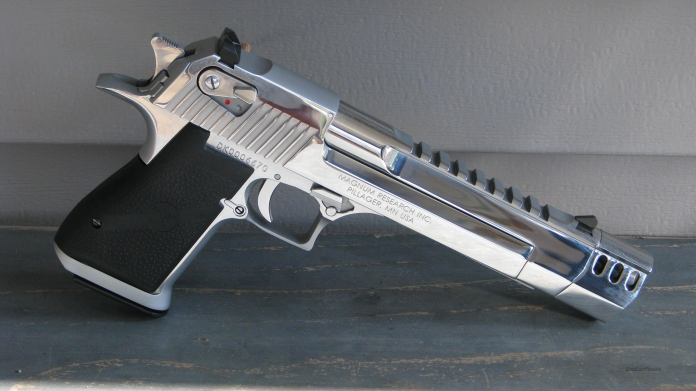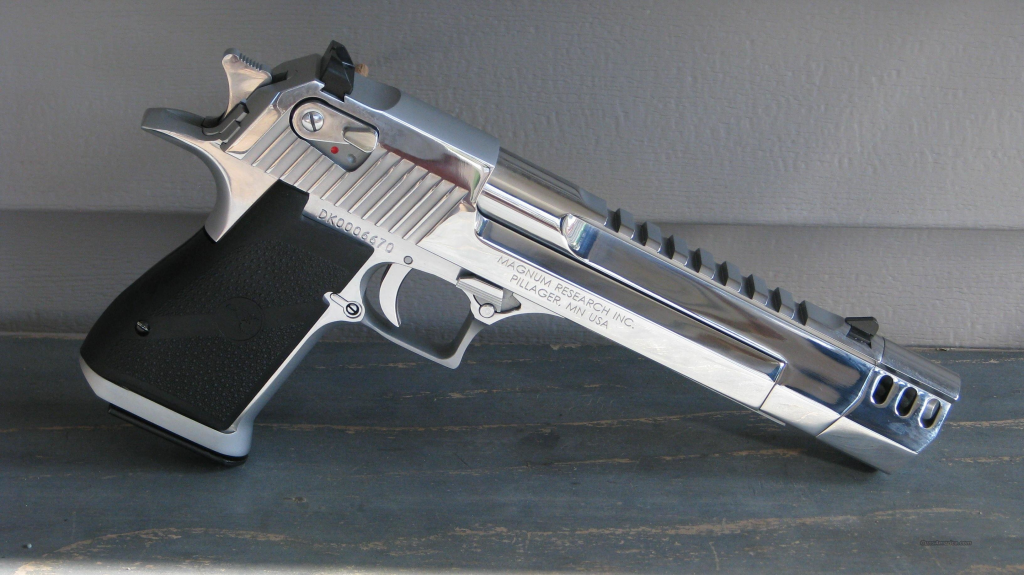
The gun world is full of paradoxes, but perhaps none are quite so unsettling as a gun that looks and feels like a million bucks and shoots like a $20 cap pistol. The allure of a well-crafted handgun is strong tactile lines, extremely polished surfaces, and an aura of workmanship that begs admiration. But behind the glitz, some of these showpieces harbor infuriating faults in terms of real-world performance.
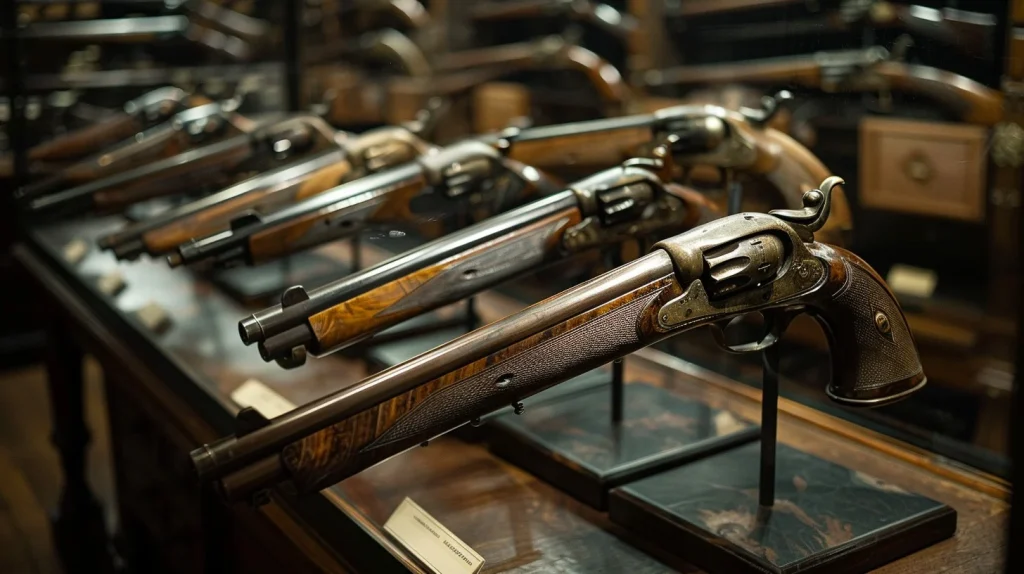
To collectors and enthusiasts, looks can be the rival to functionality. The appeal of owning a handgun that is unique in the line or in the display case is formidable. But as any seasoned shooter will confirm, looks are not always paramount. This list discusses some of the most visually stunning handguns whose aesthetic appeal has been equaled by a record of poor accuracy, comfort, or reliability. Prepare yourself for a tour of the form over function paradox where beauty tends to exact a price from performance.
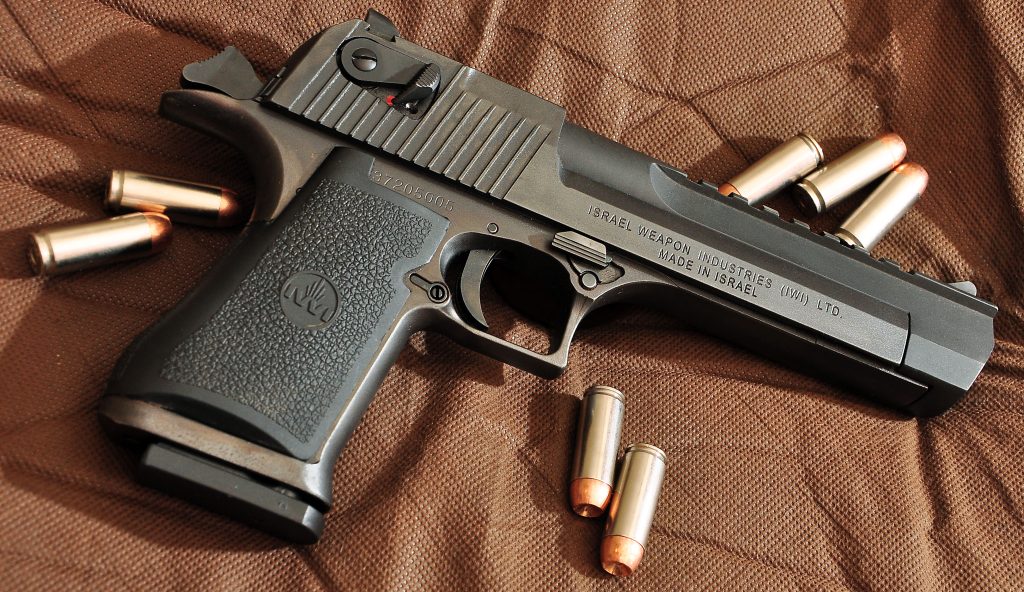
1. Desert Eagle .50 AE: Brute Glamour, Brute Recoil
There are few pistols that command as much attention as the Desert Eagle .50 AE. Its enormous size and gleaming finish make it the center of attention of any collection. Unfortunately, its shooting experience is not quite so regal. The pure weight of the gun, coupled with the tremendous recoil, before long turns into fatigue from newness. As listed in the parent article, “it’s heavy, unwieldy, and difficult to shoot well without serious recoil control.” For the majority, the work of handling such force is not more than the enjoyment of its appearance.
Recoil control is a big part of shooting comfort and accuracy. Huyett states, “Heavier guns give less felt recoil,” but since the caliber is as stout as the .50 AE, even a large frame can barely keep the kick in line. To collectors, the Desert Eagle remains a conversation piece, but to shooters, it is pretty to look at from a distance.
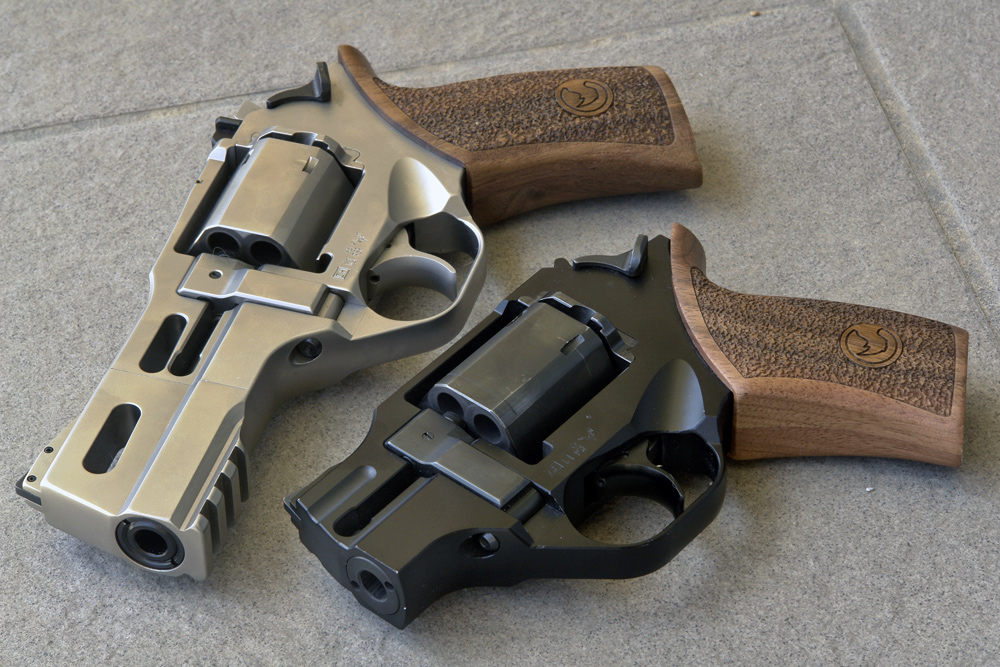
2. Chiappa Rhino: Futuristic Looks, Clunky Grip
The Chiappa Rhino gets eyes rolling with its futuristic, angular looks and hints of reduced muzzle flip with its low bore axis. But reality isn’t quite that cutting-edge. The principal article mentions that “the trigger’s weird, and the recoil still bounces.” Despite having cutting-edge engineering, the grip is found uncomfortable by most shooters and the act of shooting unexpectedly snappy.
Ergonomics are the secret to effective shooting, and Huyett makes this emphatic: “Ergonomics shape many factors of how we interact with the gun, and if there’s one that would be most important, it would be pointability.” The Rhino’s styling, as innovative as it appears, does not deliver the natural feel one would anticipate from the styling. For those seeking both style and functionality, the difference can be disappointing.
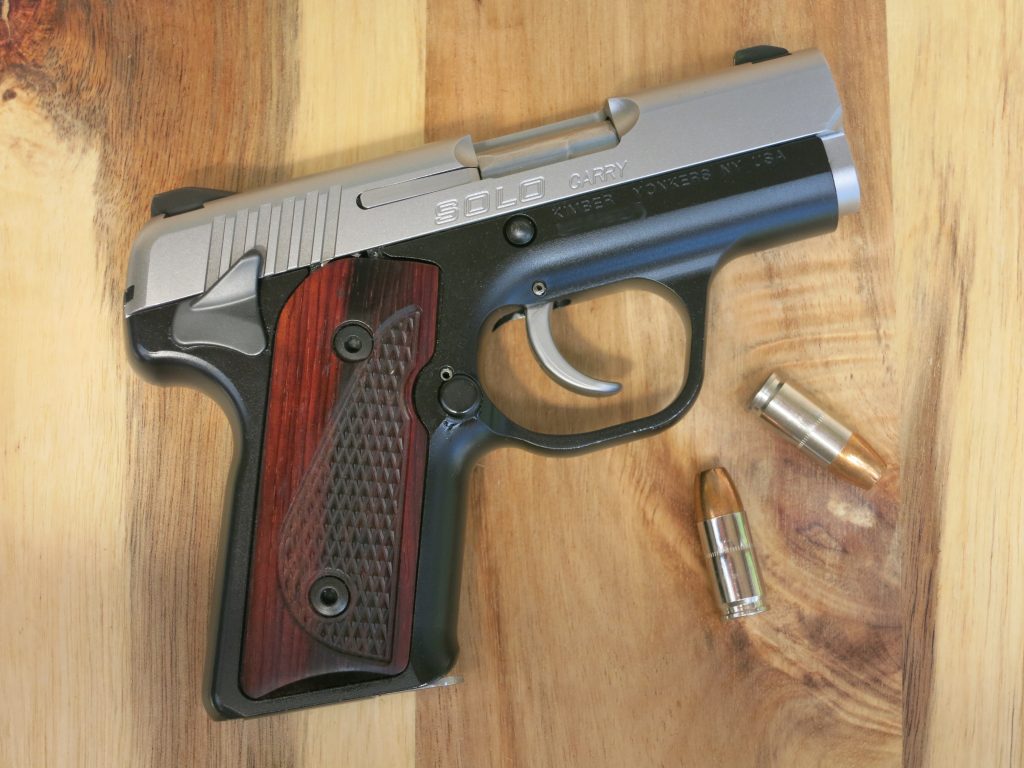
3. Kimber Solo Carry: Beauty and Unreliability
Kimber Solo Carry is a masterclass in small elegance, with flowing lines and stainless steel craftsmanship that bellow style. Yet its shooter’s reputation is soured by abysmal reliability. As the lead article states, “it’s finicky with ammo, and stoppages aren’t uncommon.” In the concealed carry game, nothing is as important as reliability no style, no matter how great, can compensate for a gun that may not go when it most needs to.
Reliability, according to Huyett, “is more important even than accuracy, in my opinion, because you’re likely going to be close in a self-defense situation.” The Solo Carry’s finicky nature undermines its appeal, making it a cautionary tale for those who prioritize looks over function.
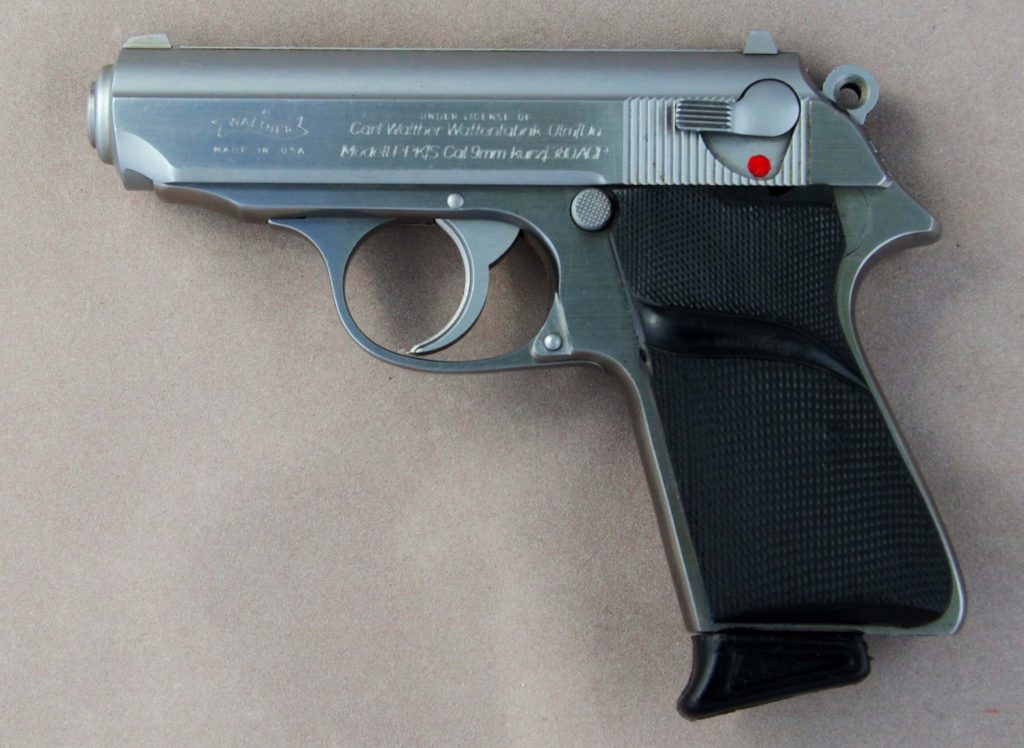
4. Walther PPK/S (.380): Bond’s Beauty, Biting Performance
As made popular by James Bond, Walther PPK/S .380 ACP is the epitome of sophistication. The lean silhouette and refined lines make it a dream for collectors. But shooting ain’t so smooth. The article discusses how “the .380 version snaps hard, the slide bites, and the trigger’s heavy for such a small gun.”
Grip size and ergonomics are critical, especially in smaller pistols. Huyett informs us, “A well-fitting grip enables the shooter to manage the gun more comfortably, impacting accuracy.” The PPK/S’s nasty recoil and brutal slide bite are reminders that timeless looks can camouflage functional flaws.
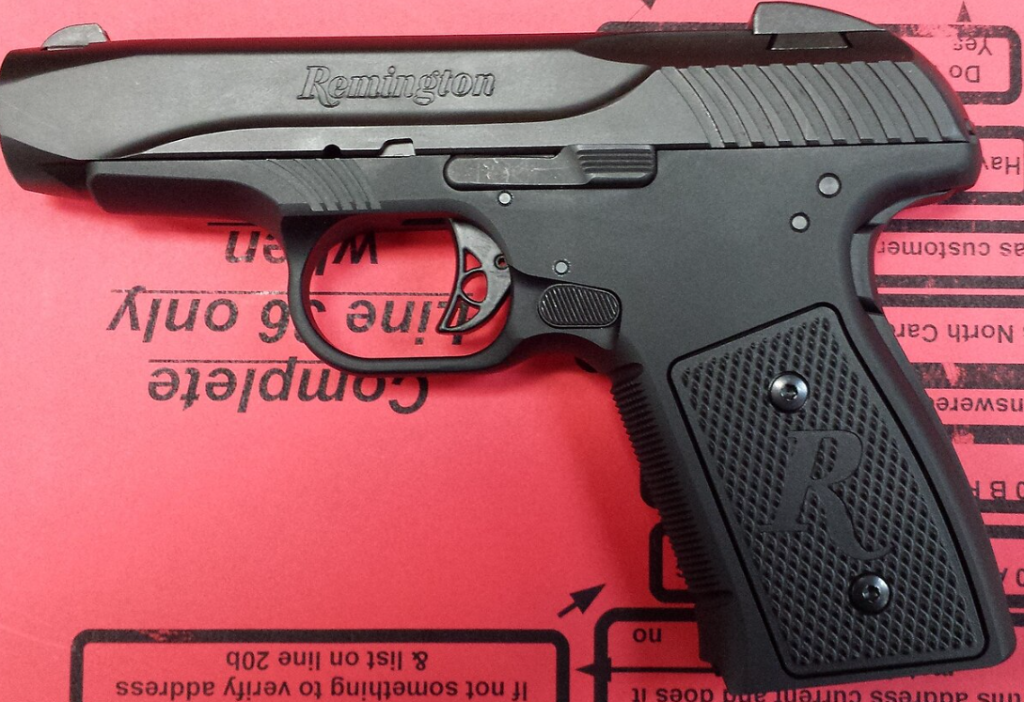
5. Remington R51: Retro Cool, Modern Frustration
The Remington R51 arrived with a promise of vintage chic and cutting-edge technology. Its art deco look and low-profile slide appeased those who loved vintage aesthetics. However, previous models were plagued with issues, and even subsequent versions did not live up. As the main article clearly puts it, “early models were plagued with problems, and even later ones just never lived up to the hype.”
To collectors, the R51 does possess a certain look, but to shooters, less-than-reliable performance and woefully inadequate power is a letdown. Guns have to meet heritage and style with substance: a lesson every disappointing, less-than-underwhelming range session with the R51 teaches them.
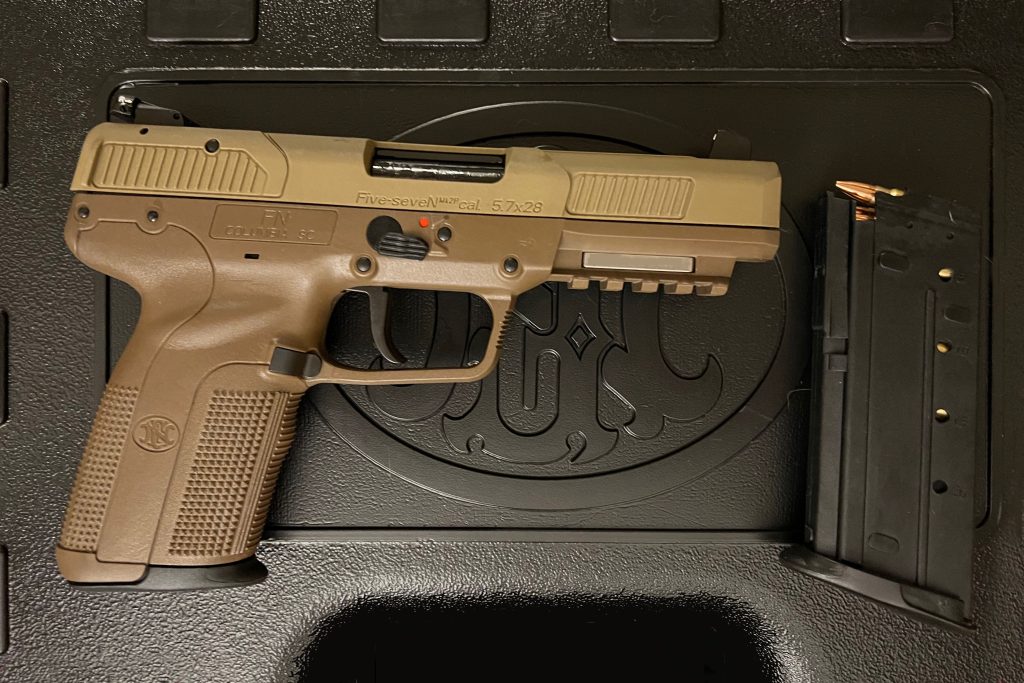
6. FN Five-seveN: Tactical Chic, Toy-Like Trigger
With its polymer frame and tactical look, the FN Five-seveN looks like a futures-ready pistol. Light weight and large-capacity magazine don’t make it anything less than in demand. But most shooters detest its trigger as dissatisfying and its expensive 5.7×28mm ammo as underwhelming in the field. The main article states, “the trigger feels toy-like, and the expensive ammo doesn’t do much more than a hot .22 Magnum.”
Trigger pull is a predictor of shooting satisfaction. Huyett points out that “a lighter trigger pull can improve the accuracy of shooting by reducing the motion of the gun upon firing.” Five-seveN’s disconnect between sight and sensation leads many fans to crave something more real in shooting experience.
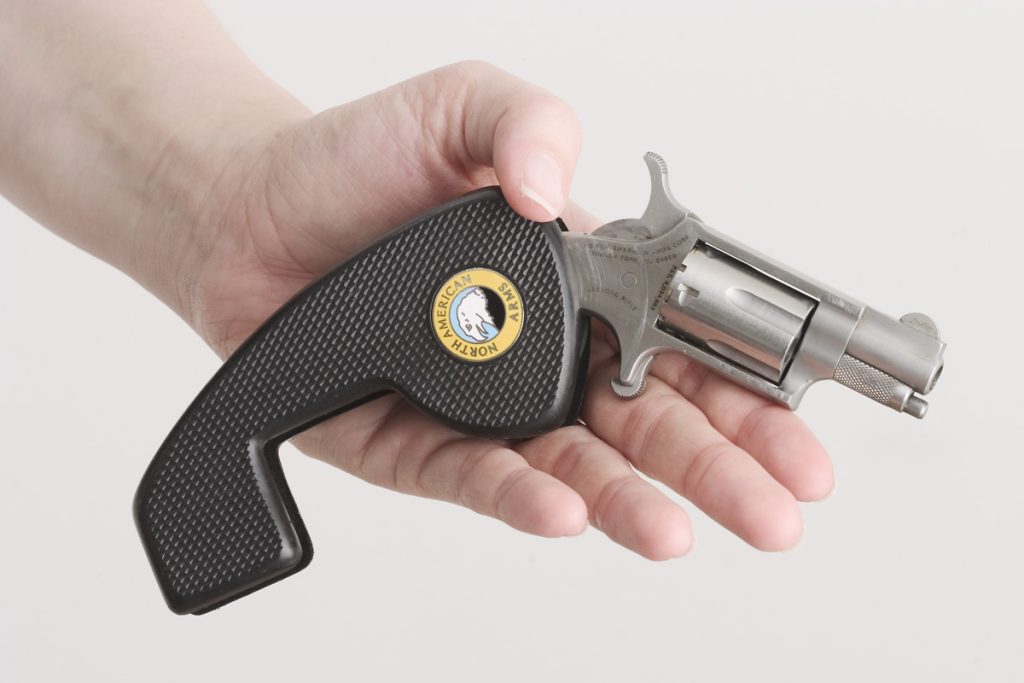
7. North American Arms Mini Revolvers: Little Charms, Little Frustrations
Few firearms are as attractive as North American Arms Mini Revolvers. They are too tiny and highly reflective to stay away from as a collector’s piece. Their shooting functionality is extremely low. The main article notes, “tiny grips, tiny sights, and an awkward loading process make them more novelty than shooter.”
Ergonomics and sight systems take priority to precision, and these little revolvers give neither in abundance. As Huyett depicts, “quality sights improve target acquisition, all contributing to a dependable firearm for defensive situations.” Those who value the performance of shooting as much as appearance ought to leave these revolvers on the shelf as collectibles and not on the range as staples.
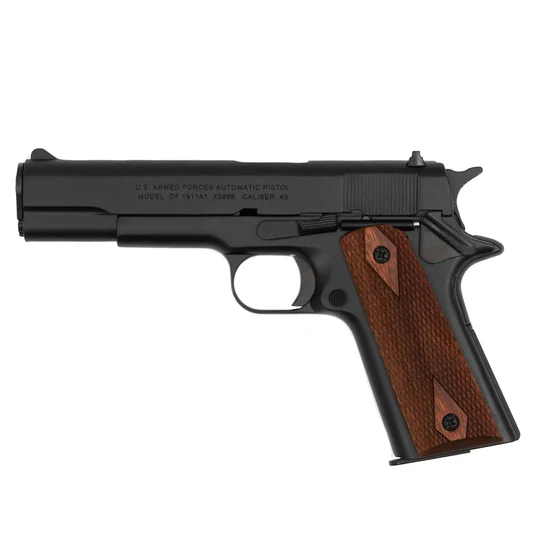
The world of stylish handguns is one of design, history, and craftsmanship. And as these examples demonstrate, good appearance can mask very genuine shortcomings in performance. For collectors and gun owners, the lesson is clear: value is not merely about appearance, but about balance of design, reliability, and shooting pleasure. A dazzler in the case that falters at the range can end up being a reminder that, as with life itself, substance is as important as style when it comes to firearms.
